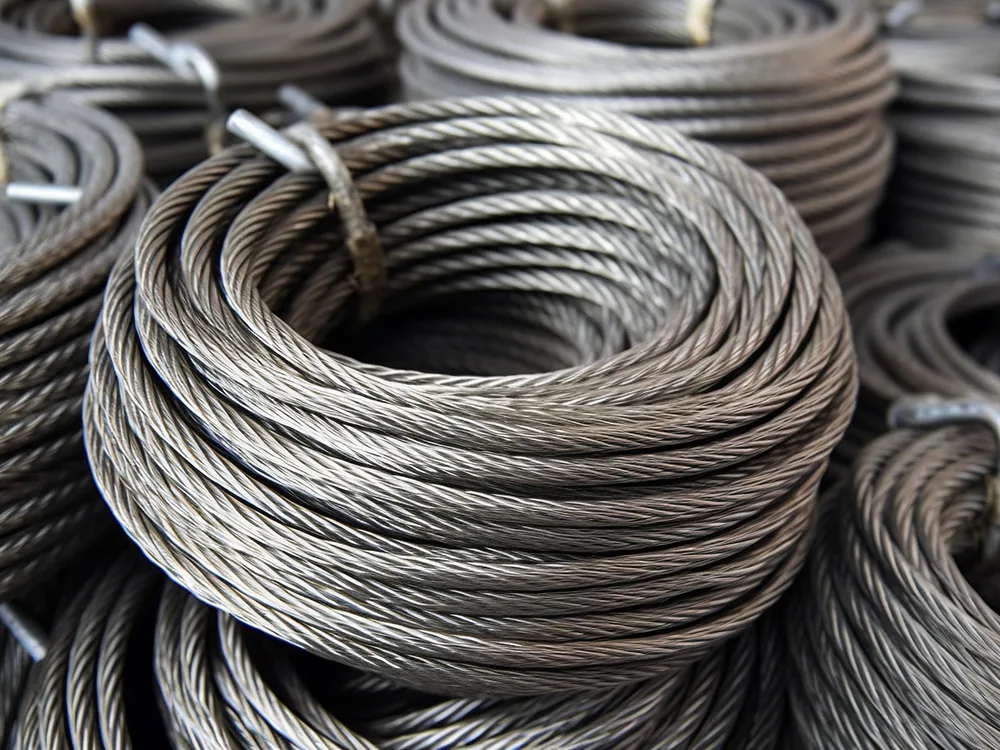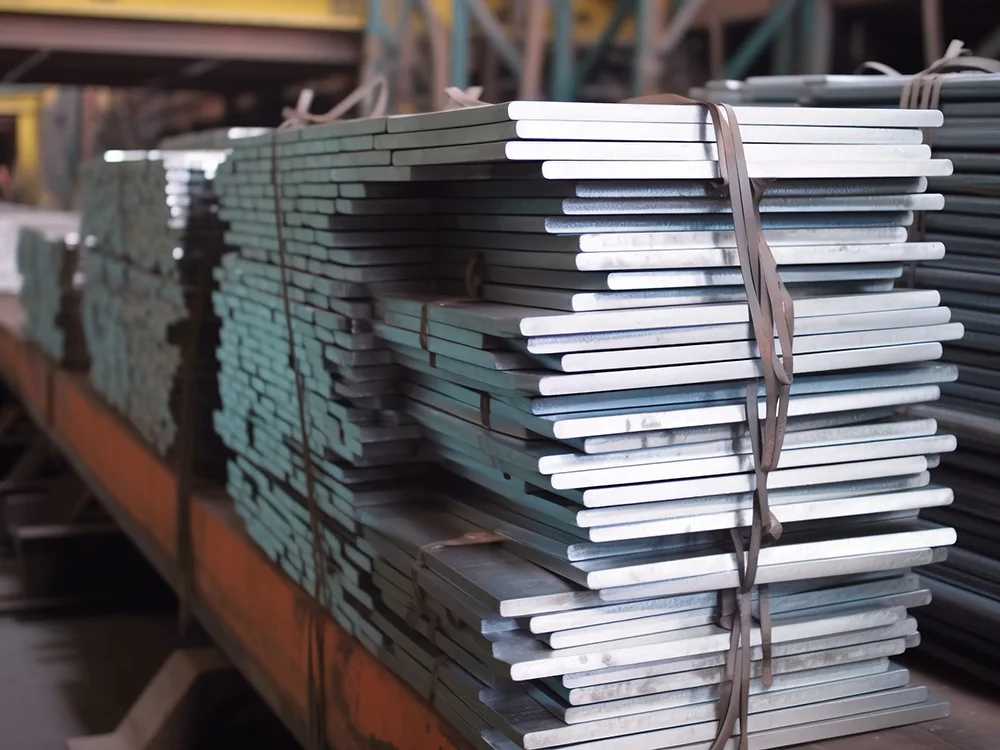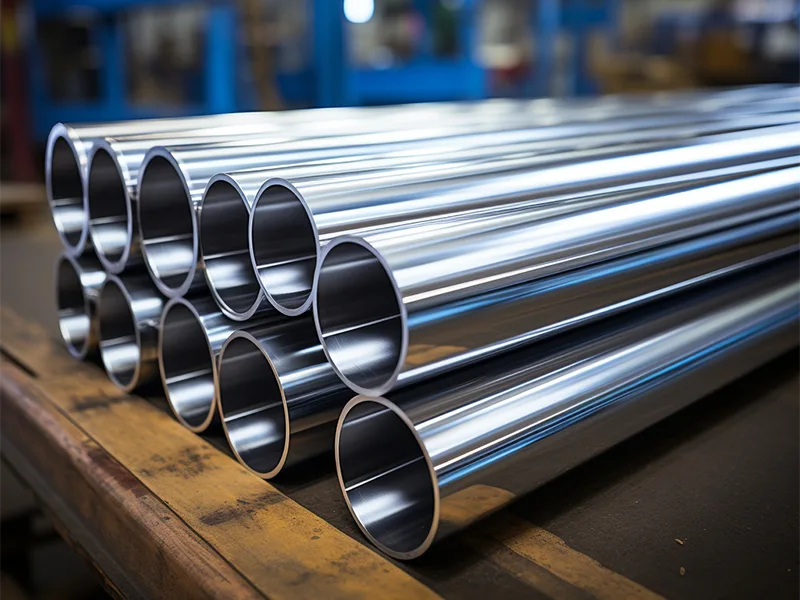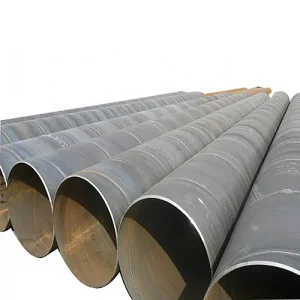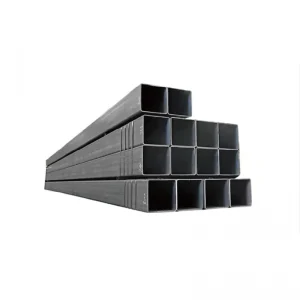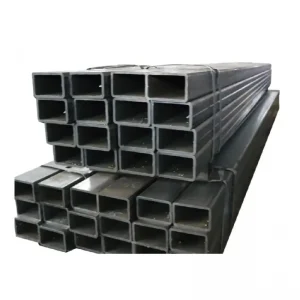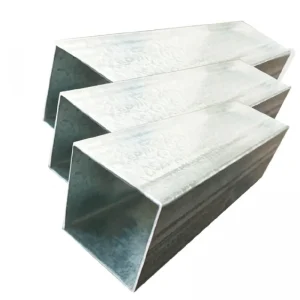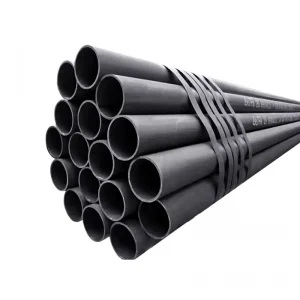Galvanized steel wire is made by drawing high-quality carbon structural steel such as 45#, 65#, and 70#, and then galvanizing (electro-galvanizing or hot-dip galvanizing).
A galvanized steel wire is a carbon steel wire whose surface is galvanized by hot-dip or electroplating. Its performance is the same as that of straightened and tempered steel wire. It can be used as unbonded prestressed tendons, but at least 200 to 300g of zinc must be plated per square meter. Commonly used as parallel steel wire cables for cable-stayed bridges (flexible cable sleeves are also used as outer protection)
Physical properties of galvanized steel wire
The surface of galvanized steel wire is smooth and clean, without cracks, knots, thorns, scars, and rust. The galvanized layer is uniform, and has strong adhesion, long-lasting corrosion resistance, and excellent toughness and elasticity. The tensile strength should be between 900Mpa-2200Mpa (wire diameter Φ0.2mm-Φ4.4mm). The number of twists (Φ0.5mm) should be more than 20 times, and repeated bending should be more than 13 times.
The thickness of the hot-dip zinc layer is 250g/m. Greatly improves the corrosion resistance of steel wires
Uses of galvanized steel wire
Galvanized steel wire is mainly used in greenhouses, farms, cotton baling, springs, and wire rope manufacturing. Suitable for engineering structures with harsh environmental conditions such as cable-stayed bridges and sewage pools
Zinc layer uniformity
The uniformity of the zinc layer affects the corrosion resistance and service life of the product and should be included in the standard for testing and assessment. The uniformity of the coating can be evaluated by the coating uniformity eta or the coating thickness average H and standard deviation S. Necessary measures should be taken to improve the uniformity of the galvanized layer during the hot dip galvanizing process [3].
The quality of the galvanized layer can be evaluated by the weight of the zinc plated on the substrate, the bonding force between the galvanized layer and the substrate, and the uniformity of the coating. The uniformity of the zinc layer is an important quality indicator of the galvanized layer. In general, corrosion always starts at the thinnest part of the zinc layer and spreads around, causing rust, broken wires and even affecting the service life. Each standard has clear regulations on the weight and bonding strength of the coating, but the uniformity is different. In the 1970s, ISO standards and standards from various countries in the world generally stipulated the copper sulfate test to be used for inspection. By the 1980s, except for Japan and the former Soviet Union, ISO standards and standards around the world no longer used this method. Although our country still retains this method in some standards such as GB/T15393-94 “Steel Wire Galvanized Layer” in the form of “can be carried out by mutual agreement”, most of them are no longer used. However, the old zinc layer uniformity testing method has been abandoned but no corresponding new method has been established. In addition, there is no unified definition and requirement for uniformity, so some manufacturers do not monitor and detect the uniformity of the coating well. , thus affecting the further improvement of product quality.
For galvanized steel wire, the requirements for coating uniformity are that the coating is uniform in the transverse (radial) section, and the coating of each cross-section of the steel wire in the longitudinal (axial direction) is almost the same. Local zinc layer accumulation (commonly known as zinc tumors) on the surface of the steel wire caused by wire shaking, zinc liquid level fluctuations, surface scum in the plating pot, etc. should be eliminated by correcting the tooling and standardizing the operation. Regardless of these random and irregular zinc layer accumulations, under the condition of determining the tooling, stable process, and the same operating specifications, the zinc layer of each section along the entire length of the steel wire will not be much different, so you can choose a zinc layer that is perpendicular to the steel wire and Cross-sections without zinc layer accumulation were used to evaluate coating uniformity.
Measures to improve the uniformity of the galvanized layer of steel wires: The reasons for the uneven coating of steel wires during hot-dip plating are:
(1) The steel wire lead-out is not perpendicular to the zinc liquid level so that the plating solution brought out when the steel wire is led out does not solidify under its gravity Under the action of charcoal, it cannot flow down evenly along the circumference of the steel wire, causing the solidified coating to deviate from the geometric center of the steel wire;
(2) Wiping conditions (such as the size of charcoal particles, the tightness of contact between charcoal and steel wire, the flow and pressure of air wiping, etc.) Differences in all directions around the circumference of the steel wire;
(3) Fluctuation of the zinc liquid level and jitter of the steel wire, scum on the zinc liquid level sticking to the surface of the steel wire, etc.;
(4) Plating first and then drawing the steel wire due to various reasons. Scratched zinc and uneven deformation of the zinc layer. In severe cases, the local pure zinc layer may even be completely lost.
Measures that should be taken: Improve the design and adjust the tooling to ensure that the steel wire positioned by the conductor roller of the finale and the lead-out frame is perpendicular to the zinc liquid level. When the finale is worn, the position of the conductor roller must be adjusted in time or the finale must be rotated to ensure that the steel wire is perpendicular to the liquid surface. The charcoal particles should be wiped evenly and firmly. When adding zinc, keep it away from the outlet and push it in slowly. The position of the final shaft to the operating surface of the zinc pot should not be too close. It is best to have a tension control device on the production line to prevent fluctuations in the zinc liquid level.
Drawing process
Plating first and then drawing process: To improve the performance of galvanized steel wire, the process of steel wire being lead-fired, galvanized, and then drawn to the finished product is called plating first and then drawing process. The typical process flow is steel wire-lead quenching-galvanizing-drawing-finished steel wire. The process of plating first and then drawing is the shortest process among galvanized steel wire drawing methods and can be used for hot-dip galvanizing or electro-galvanizing and then drawing. Drawing after hot-dip galvanizing has better mechanical properties than drawing first and then coating the steel wire. Drawing after electro-galvanizing makes the zinc layer dense and resistant. Both can obtain a thin and uniform zinc layer, reduce zinc consumption, and reduce the load on the galvanizing line.
The process of drawing after medium plating: The process of drawing after medium plating is: steel wire-lead quenching-primary drawing-galvanizing-secondary drawing-finished steel wire. The characteristic of mid-plating and post-drawing is that the lead-quenched steel wire is drawn once, galvanized, and then drawn twice to the finished product. The galvanizing is done between the two drawings, so it is called ‘mid-plating.’ The zinc layer of steel wire produced by medium plating and then drawing is thicker than that of first plating and then drawing. Hot-dip galvanizing can give a high overall compression ratio (from lead quenching to finished product), which is better than steel wire that is plated first and then drawn.
Hybrid plating and drawing process: To produce ultra-high strength (3000 N/mm²) galvanized steel wire, the “hybrid plating and drawing” process is used. The typical process flow is as follows: lead quenching – primary drawing – pre-galvanizing – secondary drawing – final galvanizing – third drawing (dry drawing) – water tank drawing of a finished steel wire. The above process can produce ultra-high-strength galvanized steel wire with a carbon content of 0.93 to 0.97%, a diameter of 0.26 mm, and a strength of 3921 N/mm2. The zinc layer during drawing protects and lubricates the surface of the steel wire, and no wire breakage occurs during drawing.

